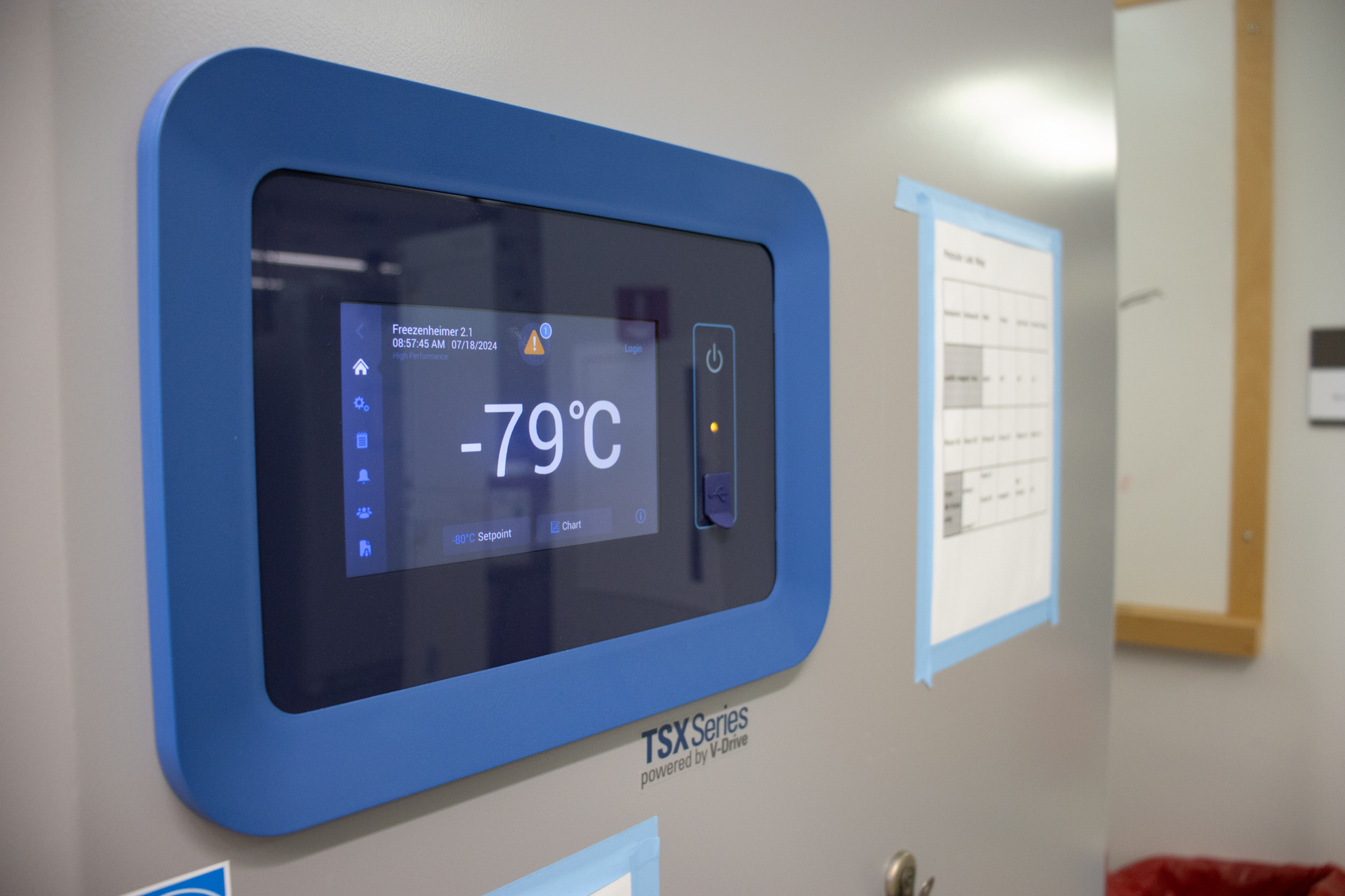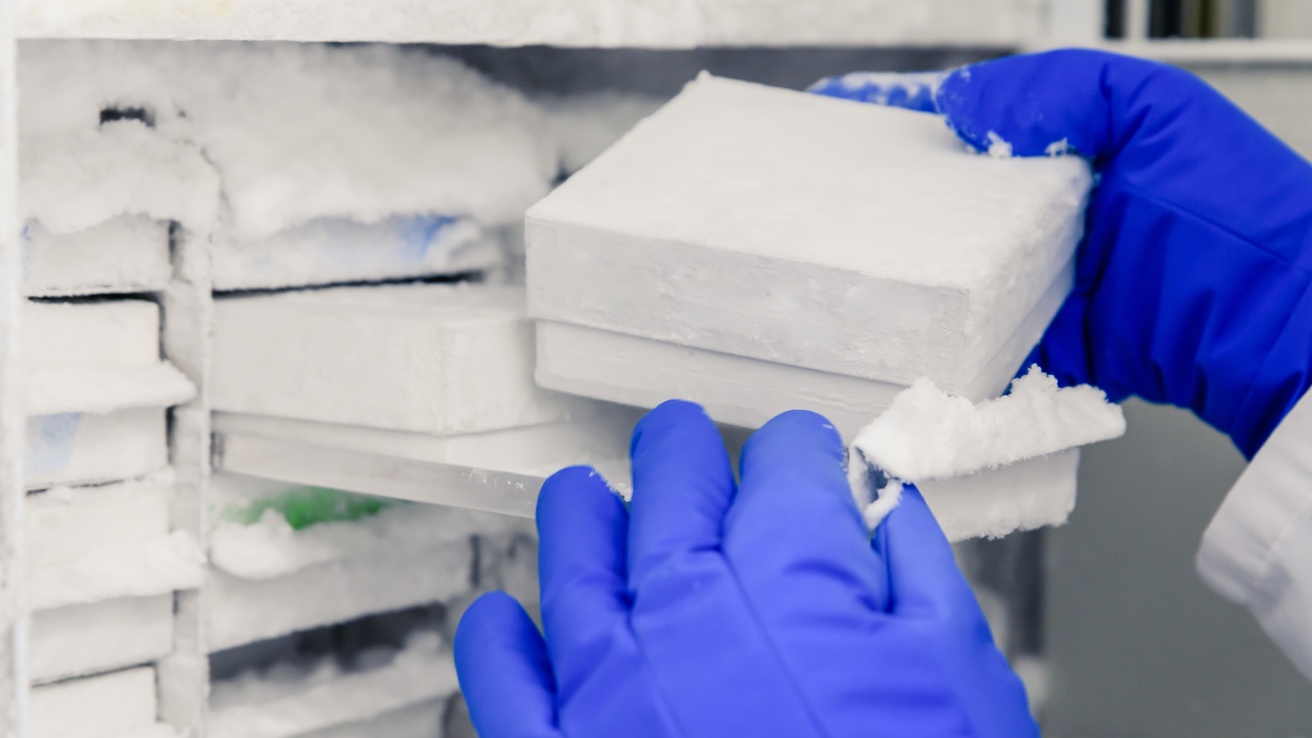Aside from data centers, labs use more energy than other sectors.
- Each scientist uses 7-25x the per-person climate-maintenance guidelines from the Paris Climate Accord.
- Reducing lab energy consumption decreases the carbon footprint, making full renewable energy conversion more attainable.
40 %
[1]
Make meaningful changes by focusing on easy, low-hanging fruit.
- Power off autoclaves after hours.
- Turn off biosafety cabinets after use/hours.
- Turn up ultralow temperature (ULT) freezers to -65C or -70C.
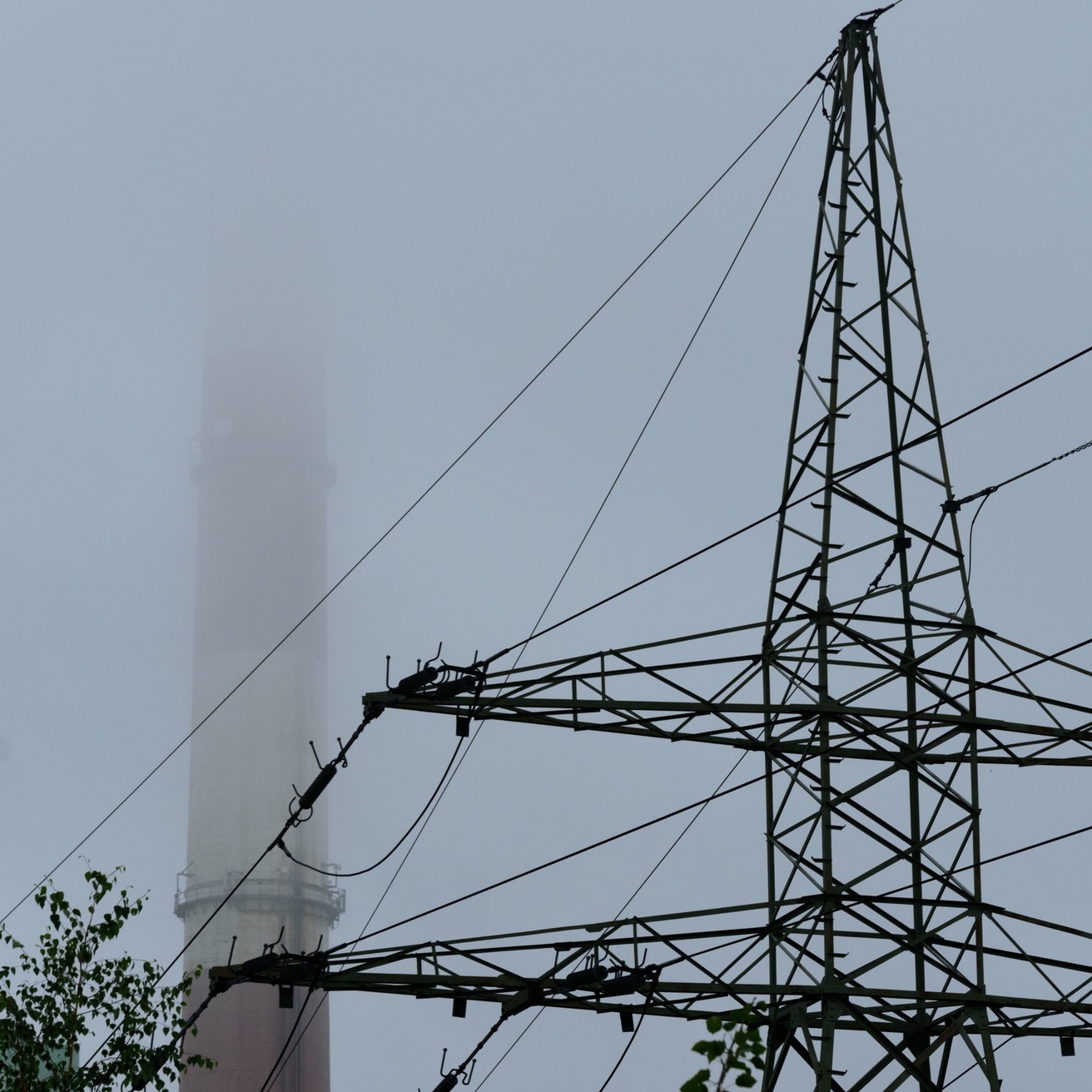
Read more about energy efficient strategies below!
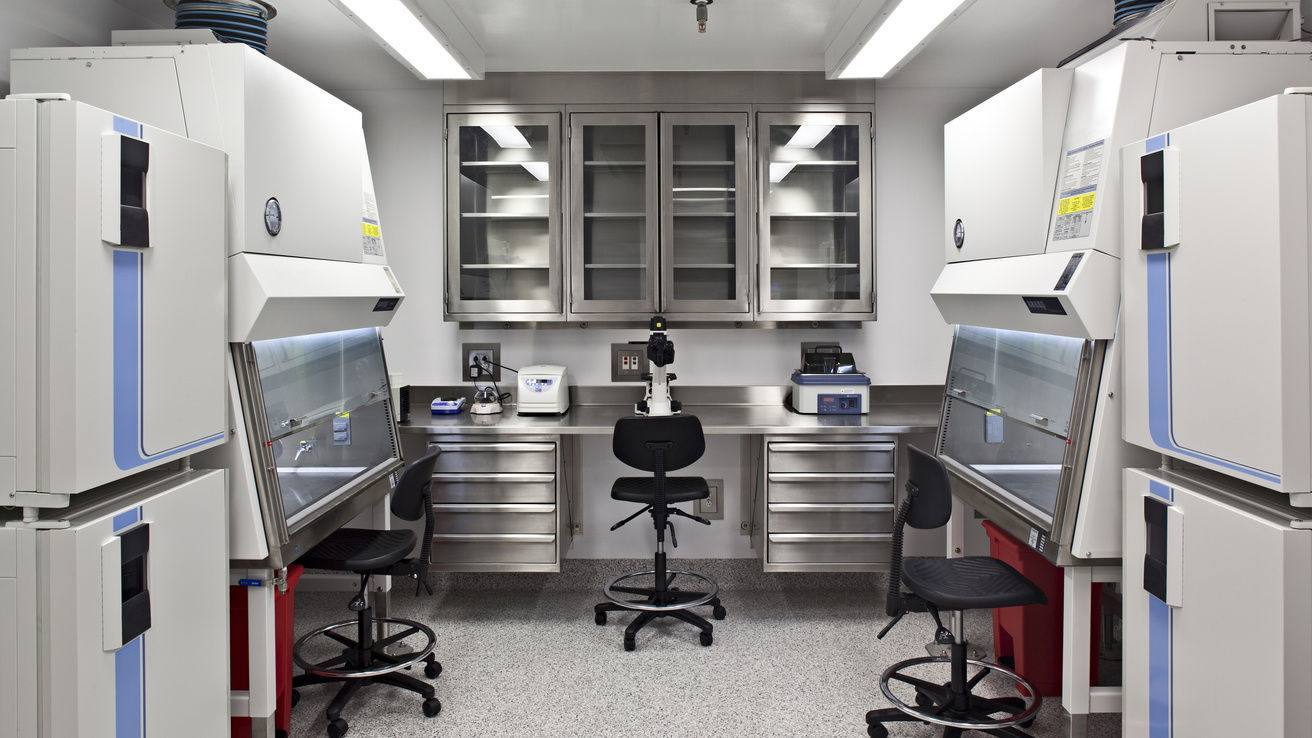
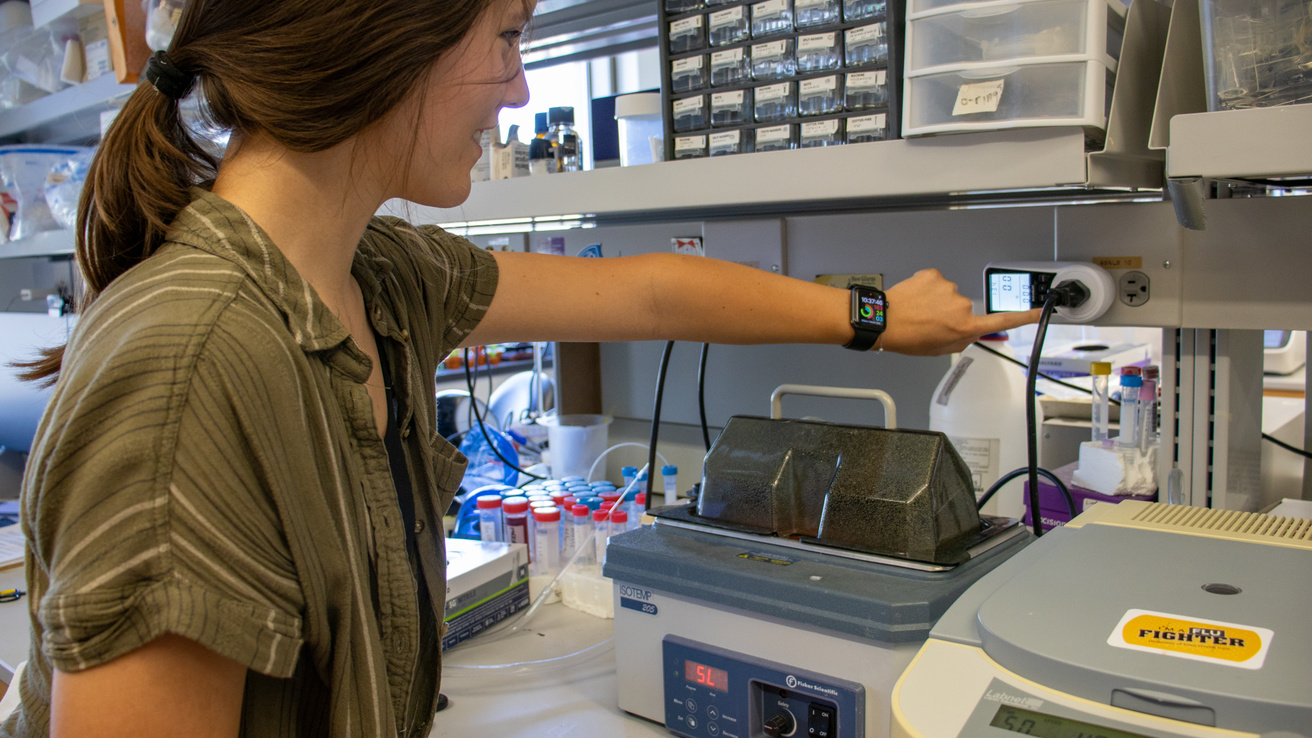
Not sure where to start?
Buy watt meters ($10), or reach out to borrow ours!
Consider WattIQ software, which continuously tracks energy consumption, peak usage, and demands of laboratory equipment spread across multiple areas. A potential good fit for larger laboratories with lots of equipment and schedule variability.
Be smart about equipment usage
For the UI Cystic Fibrosis and Lung Biology Core, several large laminar-flow tissue culture hoods were constantly on. However, the majority of their use was from 7am-5pm. Because hoods could go from off to sterile in as few as 5-10 minutes, powering down hoods after-hours saves, roughly the same amount of energy it takes to power the average US household for one year![2]
- Turn off equipment when not in use, such as shakers.
- Keep lids and doors of water baths, autoclaves, incubators, tissue culture hoods, and freezers closed whenever possible.
- Put stickers with prompts "Turn off when not in use," "Turn off at the end of the day," to improve equipment lifetime and save energy.
- Consider purchasing plug-in timers for equipment.
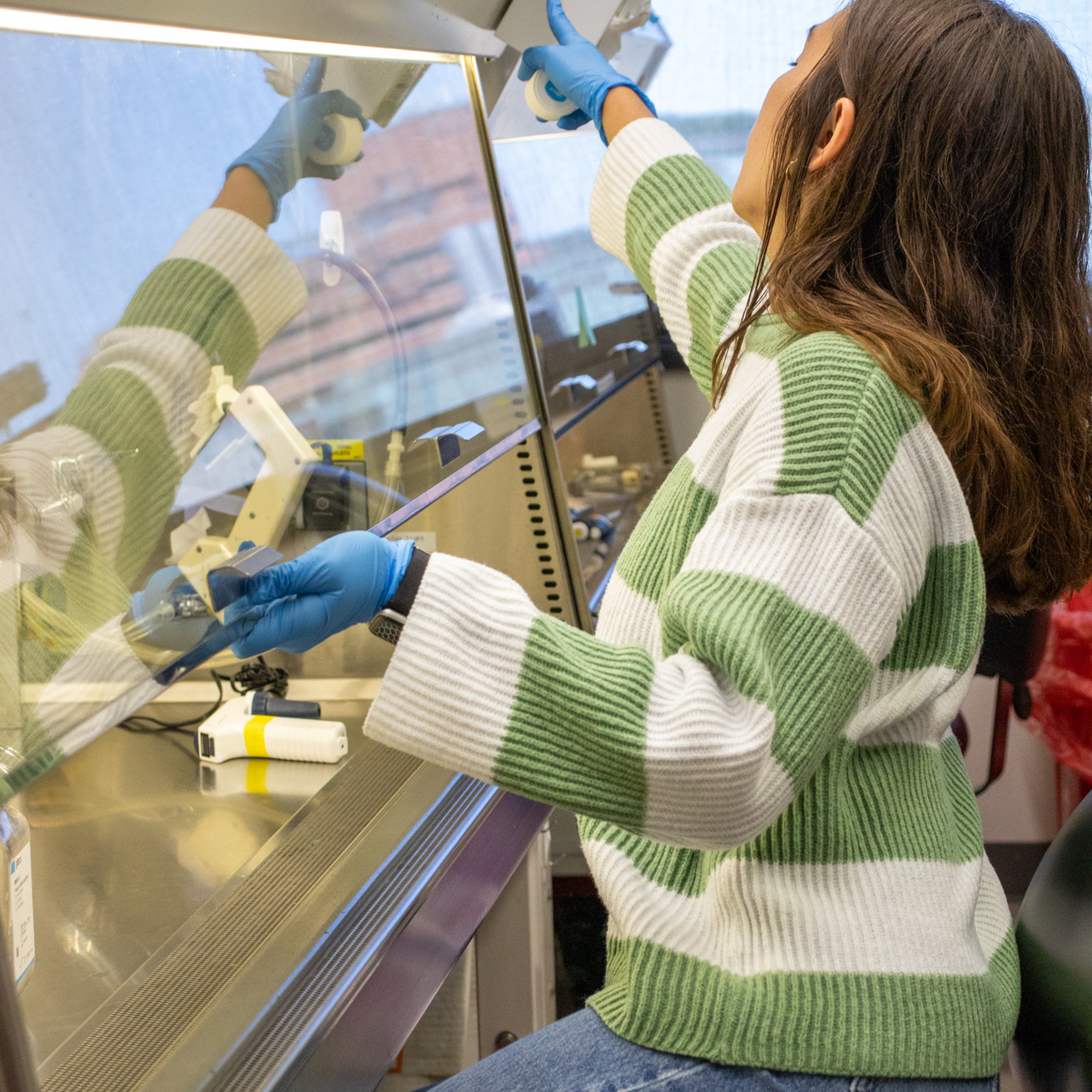
Invest in energy-efficient equipment and perform routine maintenance
Energy efficiency not only is better for the environment, but can save a lot of money over time, even if you pay more out of pocket. For example, Mayo Clinic is projected to save $6 million over 10 years by purchasing the most efficient, rather than the cheapest ULT models.
You can also save a significant amounts of energy and prolong the lifetime of your equipment through routine maintenance. Cleaning a residential refrigerator's condenser coils can improve energy efficiency by 10% (this is also a service that you can request by work order on a rolling basis with maintenance).[3]
Periodic defrosting helps increase the space available within a freezer and gives staff the perfect opportunity to sort through old samples and remove those that no longer need to be stored.

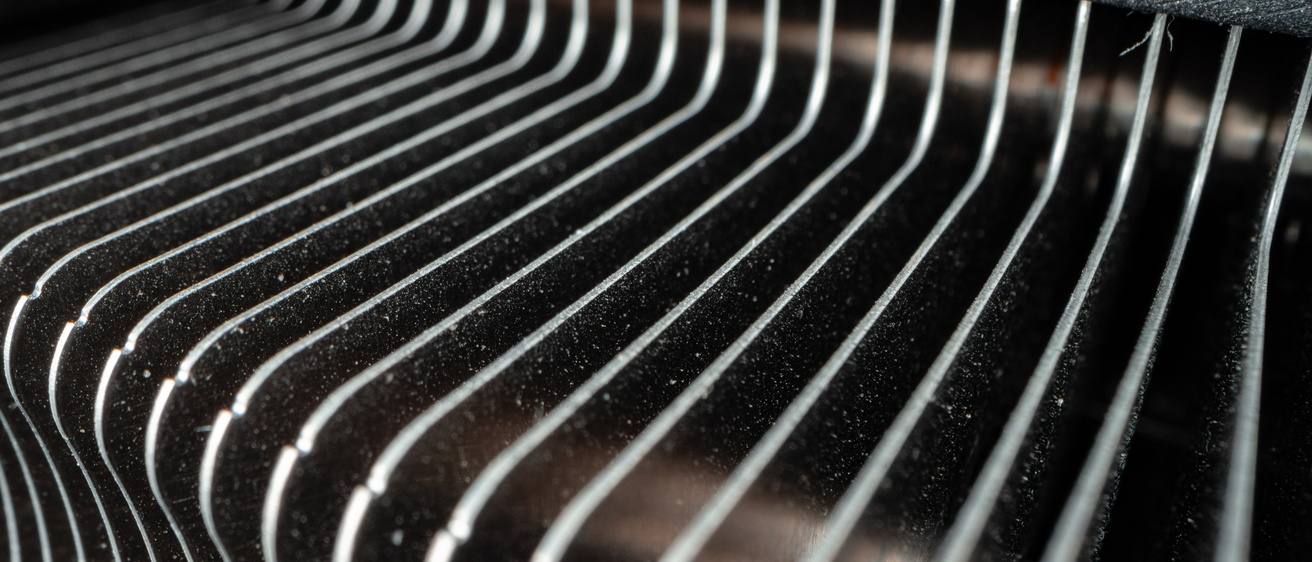
Set ultra-low temperature freezers to -70
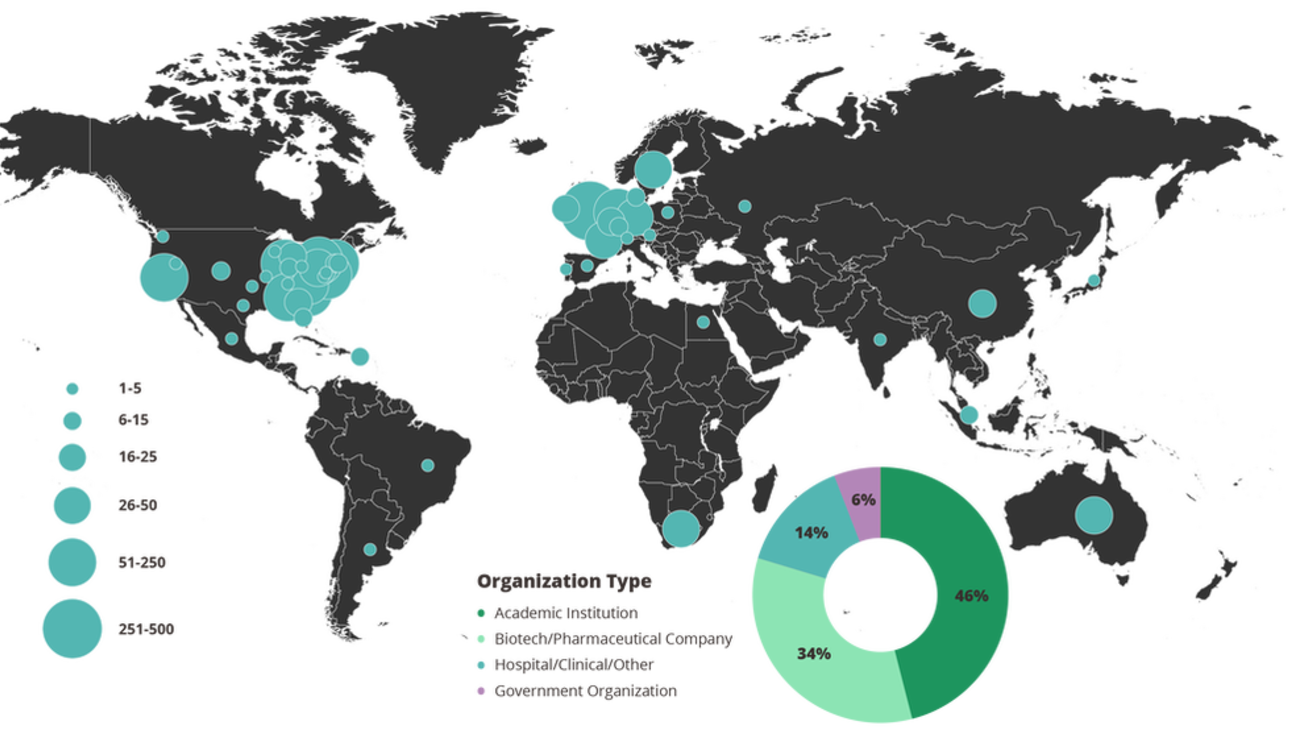
Map of International Freezer Challenge Participation (ULT freezers set to -70)
References
- University of Colorado Boulder. (n.d.). University of Colorado Boulder - Green Labs Program. Environmental Center. https://www.colorado.edu/ecenter/programs/cu-green-labs-program
- U.S. Energy Information Administration. (n.d.). Frequently asked questions (faqs) - U.S. energy information administration (EIA). Frequently Asked Questions (FAQs). https://www.eia.gov/tools/faqs/faq.php?id=97&t=3
- Factsheet the importance of cleaning coils. Energy.gov. (n.d.). https://www.energy.gov.au/sites/default/files/hvac-factsheet-cleaning-coils.pdf
